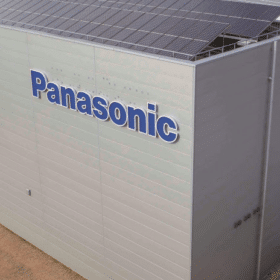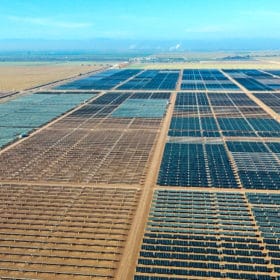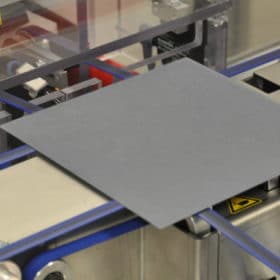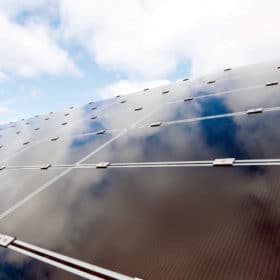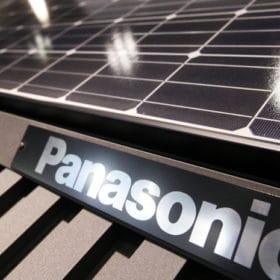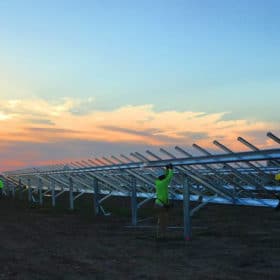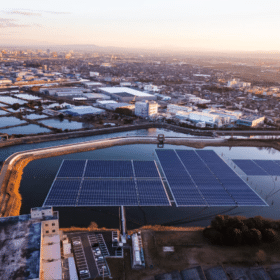Panasonic’s Oregon ingot and wafer facility goes up for auction
GA Global Partners is auctioning off the 130,000 square foot facility.
Solar Frontier sells 66 MW-DC solar project
The U.S. development division of the Japanese thin film PV maker has now developed and sold six utility-scale solar projects totaling 173 MW.
Toshiba claims record efficiency with film-based perovskite solar mini-modules
Japan’s Toshiba has fabricated a perovskite solar cell mini-module with an energy conversion rate of 10.5%, which it claims is now the highest rate that has been reached throughout the world with a multi-cell mini-module.
1366’s Direct Wafers achieve 20.1% and 20.3% cell efficiencies
Independently verified by Fraunhofer ISE CalLab, the company and partner Hanwha Q Cells have reached these milestones using PERC cell technology.
Thin film solar hangs on as a niche
A new report by Lux Research finds that First Solar and Solar Frontier are holding onto a corner of the market, if not posing much of a threat to c-Si dominance.
Panasonic’s 2016 profit falls as solar sales sag
While declining sales of solar panels in Japan eroded the electronics giant’s earnings, Panasonic is holding on for growth driven by its collaboration with Tesla.
SunPower’s losses continue during Q1
The high-efficiency solar manufacturer is still bleeding red ink, as it begins shipping its lower-cost P-Series modules and continues its restructuring.
Getting ready for terawatts of solar (with charts)
Researchers from NREL, Fraunhofer ISE and Japan’s AIST have released a new paper which looks at the barriers to deploying multiple terawatts of solar PV and what can be done to overcome them.
GTM Research: Global solar market to grow 9% in 2017
Increasing demand for solar power in China has prompted analysts to boost their 2017 estimates, forecasting an increase of more than 9% this year, with the annual global market reaching 85 GW.
1366 reaches 19.9% cell efficiency with PERC
The company has simultaneously announced its the first deployment of cells made from its Direct Wafer products in a 500 kW commercial solar array in Japan.
